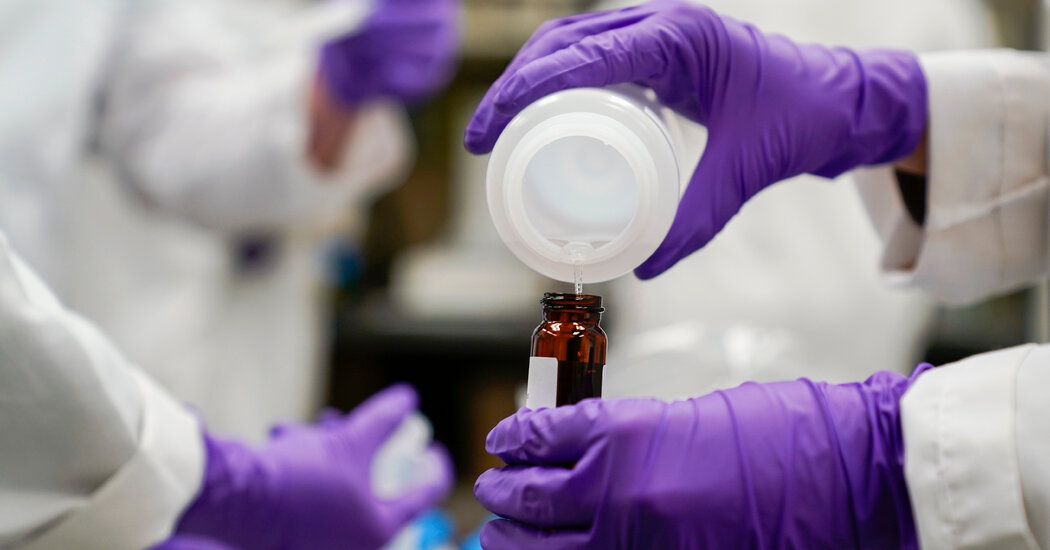
They’re in makeup, dental floss and menstrual products. They’re in nonstick pans and takeout food wrappers. Same with rain jackets and firefighting equipment, as well as pesticides and artificial turf on sports fields.
They’re PFAS: a class of man-made chemicals called per- and polyfluoroalkyl substances. They are also called “forever chemicals” because the bonds in their chemical compounds are so strong they don’t break down for hundreds to thousands of years, if at all.
They’re also in our water.
A new study of more than 45,000 water samples around the world found that about 31 percent of groundwater samples tested that weren’t near any obvious source of contamination had PFAS levels considered harmful to human health by the Environmental Protection Agency.
About 16 percent of surface water samples tested, which were also not near any known source, had similarly hazardous PFAS levels.
This finding “sets off alarm bells,” said Denis O’Carroll, a professor of civil and environmental engineering at the University of New South Wales and one of the authors of the study, which was published on Monday in Nature Geoscience. “Not just for PFAS, but also for all the other chemicals that we put out into the environment. We don’t necessarily know their long-term impacts to us or the ecosystem.”
High levels of exposure to some PFAS chemicals have been linked to higher cholesterol, liver and immune system damage, hypertension and pre-eclampsia during pregnancy, as well as kidney and testicular cancer.
